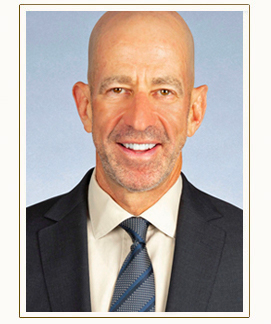Understanding Medicaid Rules: the Deficit Reduction Act of 2005 (DRA)
In previous postings, we examined the asset rules and transfer penalty rules for Medicaid, which many seniors rely on for nursing home care or, in New York, home health care. In 2006, significant changes to the program went into effect, and we review them here.
In 2006, President George W. Bush signed the Deficit Reduction Act of 2005 (DRA), cutting approximately $40 billion from Medicaid, Medicare and other programs over five years. The effect on Medicaid has been to tighten eligibility rules.
The primary impact of the DRA on Medicaid was to change the rules regarding the transfer penalty, which we examined in detail in a previous posting. The DRA lengthened the “look-back” period from three years to five years, and changed the transfer penalty start date from the date of the transfer to the date an applicant enters a nursing home and would otherwise be eligible for Medicaid.
Another key change is in the application of stricter home equity limits. In New York, Medicaid applicants cannot have more than $786,000 of equity in their homes, unless a spouse or other dependent relative resides there.
The DRA also affects certain estate planning tools that some Medicaid applicants have found useful. The rules have been tightened on the use of annuities, promissory notes and life estates.
Annuities can provide income to nursing home residents, provided they are considered “noncountable” toward Medicaid asset limits. To meet this requirement, they must be irrevocable, non-transferable and actuarially sound. The DRA added a new requirement: the state must be named the remainder beneficiary, up to the amount of Medicaid benefits the applicant receives.
Prior to the passage of the DRA, a Medicaid applicant could avoid the transfer penalty by showing that a transfer of assets was not a countable gift, but a noncountable loan, by producing a promissory note or mortgage contract. The DRA imposed restrictions on such loans: the term of the loan must not be longer than the anticipated life of the lender, deferred payments and balloon payments are not permitted, and the debt cannot be canceled upon the lender’s death.
Another strategy to avoid the transfer penalty is for the applicant to purchase a life estate in the home of another person, for instance a child. This is still permitted, but the applicant must actually reside in the home for at least one year.
These estate planning tools can still be useful to Medicaid applicants, but they require the assistance of a qualified estate planning attorney.
For more information about New York Medicaid rules, visit http://www.health.ny.gov/health_care/medicaid/.For more information about our elder law services, visit www.elderlawnewyork.com.



